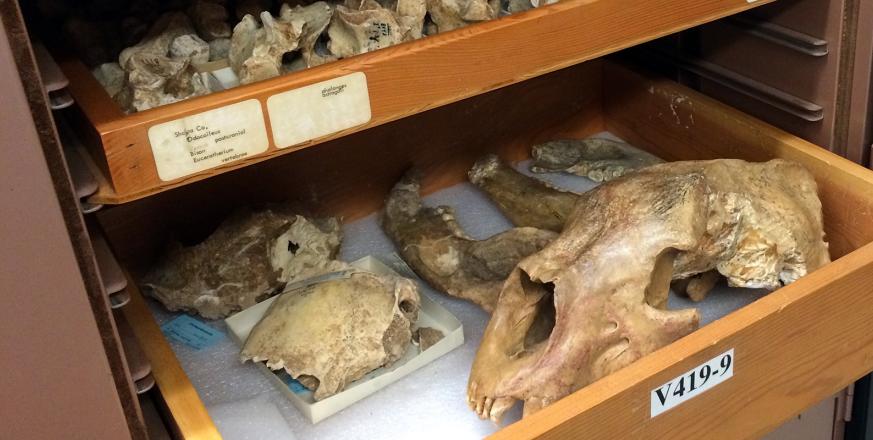How paleobiology can guide conservation

The field of conservation is undergoing a paradigm shift. In the face of accelerating human impacts, there is a growing consensus that for many, perhaps most terrestrial ecosystems, the goal of maintaining a historical state is no longer possible. In a new paper in Science, JRBP directors Tony Barnosky and Liz Hadly led a 41-author team that presents a new approach—in fact, a new discipline, “conservation paleobiology.” They argue that an ecosystem’s best chances of long-term conservation can be determined from its long-term history, through recognizing the range of perturbations and responses revealed by the paleontological record. While some ecosystems have been so altered as to require intensive management in a novel state, other ecosystems are still operating as they have for hundreds, thousands, or even millions of years, and may be able to avoid collapse if their resilience and adaptive capacity can be maintained. Barnosky et al. describe a roadmap and examples for conserving both novel and historical ecosystems.



